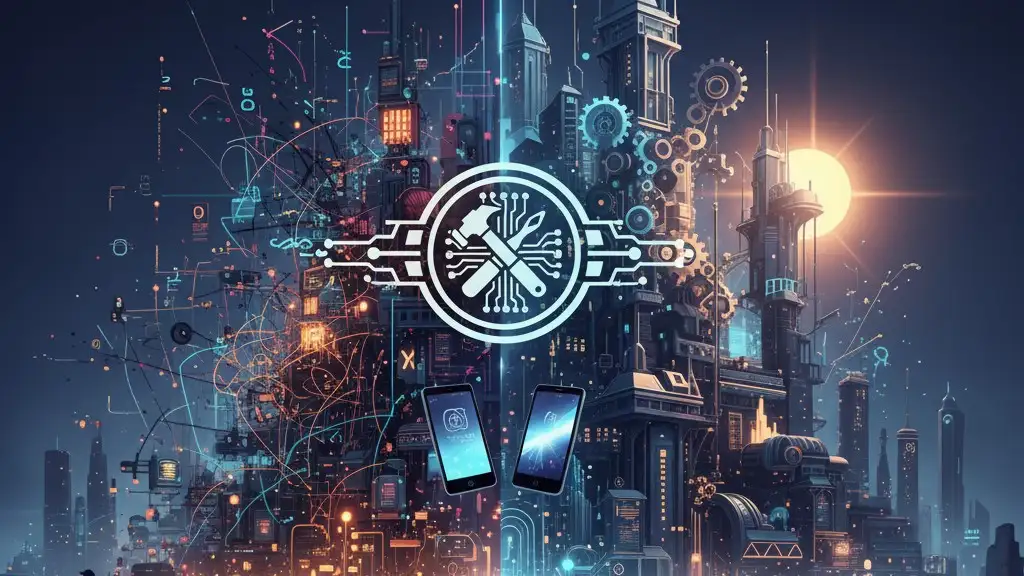5 common mistake to Avoid in custom software development

Custom software development is a complicated process that provides several advantages, such as personalized functionality, increased efficiency, and a competitive advantage. However, it is riddled with possible dangers that might derail a project, resulting in higher expenditures, longer deadlines, and worse outcomes. Understanding and avoiding these frequent errors will help you achieve a smoother development process and a more successful conclusion. Here are five frequent mistakes in custom software development and how to prevent them.
1. Poor Planning
Effective planning is the cornerstone of a successful custom software development project. Yet, many projects suffer from inadequate planning, either due to a rush to start coding or an attempt to finalize every detail upfront. Striking the right balance between these extremes is essential.
Solution: Begin by precisely outlining the software's essential features and functionalities. Engage your development team early to determine what information they need to get started. Remember that flexibility is essential; the scope of work may change as the project moves forward. Concentrate on high-priority topics first and be ready to change when new insights arise. Regularly examining and revising the plan ensures that it stays in line with the project's objectives and evolving needs.
2. Poor and Fractured Communication
Effective communication is important throughout the development process, yet it is often neglected in most cases. Some stakeholders mistakenly believe that after the initial planning phase, they can step back and await the final product. This approach, especially prevalent in the outdated waterfall methodology, can lead to significant issues.
Solution: Establish a continuous communication channel between your team and the development partner. Designate a client product owner (PO) responsible for maintaining regular contact and overseeing the project's progress. This person should facilitate regular meetings to discuss updates, address problems, and ensure the project remains on track. Consistent communication helps to quickly identify and resolve problems, align priorities, and adapt to changes, thereby avoiding costly rework and delays.
3. Not Budgeting for Contingencies
Every custom software development project involves three main variables: time, cost, and scope. Changes in one inevitably impact the others. However, many projects fail to account for these potential changes, leading to budget overruns and missed deadlines.
Solution: Include a backup budget in your plans. This buffer provides flexibility when unanticipated requests or obstacles occur. Anticipating the need for modifications allows you to avoid resource scramble and project delays. Discussing and deciding on an acceptable contingency with your development team from the start helps manage expectations and ensures that the project runs well even if modifications arise.
4. Skipping the MVP Phase
An MVP (minimum viable product) is a crucial step in custom software development, yet some clients are hesitant to release a product that they perceive as unfinished. However, bypassing the MVP phase can result in prolonged development times and increased costs.
Solution: Embrace the MVP approach. By releasing a version of the program that includes the key, mission-critical functions, you can begin receiving user input and making enhancements early on. This iterative process enables for real-world testing and revisions, resulting in a more polished and successful end product. Contrary to common opinion, beginning with an MVP typically reduces total development time by avoiding considerable rework and ensuring that the project fulfills user requirements from the start.
5. Prioritizing Design Over Usability
While an attractive design is important, it should not come at the expense of usability, especially for internal applications. Overemphasis on aesthetics can lead to unnecessary complexity, slower performance, and user frustration.
Solution: Focus on usability and practicality. Design elements should enhance, not hinder, the user experience. Prioritize features and layouts that improve workflow efficiency and ease of use. Remember that a simple, intuitive interface can be more valuable than a visually stunning but complicated one. Engaging with users during the design process to gather feedback on functionality and usability can help create a more effective software solution.
Conclusion
Avoiding these common mistakes requires a combination of careful planning, continuous communication, flexible budgeting, iterative development, and user-centered design. By addressing these areas proactively, you can mitigate risks and enhance the likelihood of success for your custom software development project.
Collaborating with an experienced development team like Evalogical can significantly enhance your project outcomes by providing technical expertise and valuable insights gained from previous successful projects, helping to navigate challenges, and delivering a high-quality product. The goal at Evalogical is to create custom software solutions that meet your business needs, support your users efficiently, and deliver a solid return on investment. By joining hands with Evalogical, one of the leading custom software development companies in the USA, you are not solely selecting a service provider; you are embracing a strategic partnership that can transform and elevate your business operations.


 Why Upgrade to Adobe ColdFusio....
Why Upgrade to Adobe ColdFusio....
 AI Prompting Tips That Improve....
AI Prompting Tips That Improve....
 Adobe ColdFusion 2025: Enginee....
Adobe ColdFusion 2025: Enginee....
 You Don’t Need Just Code, Yo....
You Don’t Need Just Code, Yo....
 Why Vibe Coding Fails at Scale....
Why Vibe Coding Fails at Scale....



Your Trusted Software Development Company